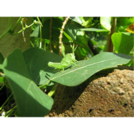
In this lesson students will explore the physical characteristics of insects and how they camouflage themselves to avoid being eaten by predators.
- Subject:
- Life Science
- Material Type:
- Lesson Plan
- Author:
- Out Teach
- Date Added:
- 07/22/2021

In this lesson students will explore the physical characteristics of insects and how they camouflage themselves to avoid being eaten by predators.
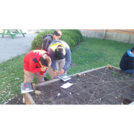
In this lesson, students in this lesson will learn about, connect, and apply the use of the area to a real-world problem—creating a planting guide for the garden. Students will determine the square footage of the garden and use this information, along with a planting chart to create their own plan.Background for instructors:Math in the REAL world: Area and square feetSquare foot gardening is one way that ensures a vegetable garden bed can thrive. It is used to ensure not too many plants of a specific variety are planted in a single area. Using the square foot model keeps plants properly spaced, providing a perfect real-world context to teach area, apply multiplication strategies, and have students work collaboratively. Most garden beds are 8 x 4 resulting in 32 square feet to work with. It is possible however to have beds of different sizes. While 32 square feet to work with is what is used in this lesson, the methods and chart can be used for any rectangular planting area.
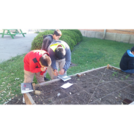
Square foot gardening is one way that ensures a vegetable garden bed can thrive. It is used to ensure not too many plants of a specific variety are planted in a single area. Using the square foot model keeps plants properly spaced, providing a perfect real-world context to teach area, apply multiplication strategies and have students work collaboratively. Most garden beds are 8 x 4 resulting in 32 square feet to work with. It is possible however to have beds of different sizes. While 32 square feet to work with is what is used in this lesson, the methods and chart can be used for any rectangular planting area.
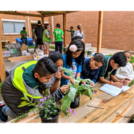
Students will compare different plant traits and determine how each structure helps that species of plant grow and reproduce in the schoolyard habitat. After which, students can observe each plant for acquired traits.
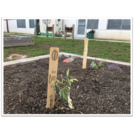
Students will read the complex text on pest damage and use the outdoor space to verify or deny the content of the text in the real-world setting.
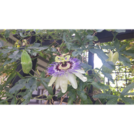
Students will explore the garden/outdoor classroom for examples of different plant structures and determine how plants use these structures to meet their needs.
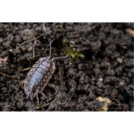
Students investigate how living and non- living elements interact with one another in an ecosystem by observing interactions in the garden.

In this lesson, students will choose a feature in the outdoor classroom to measure using a selected tool (tape, ruler, or yard/meter stick). They will sketch feature and label its dimensions.
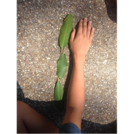
Students will use leaves to measure different plants in and around the garden.

In 4th grade, students will compare and contrast a variety of mixtures including solutions that they can make indoors. In 5th grade students will create mixtures and note the physical properties of each of the ingredients within.
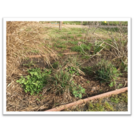
Students will prepare the vegetable beds for planting exploring how simple and compound machines work.
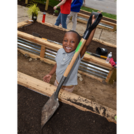
Students will measure the dimensions of containers in the garden to determine the volume of soil and work out computations based off the volume.
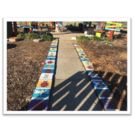
Students in this lesson will learn about, connect and apply the use of area to a real-world problem—creating a planting guide for the garden. Students will determine the square footage of the garden and use this information, along with a planting chart to create their own plan.
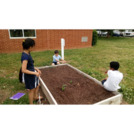
In this lesson, students will build conceptual understanding and fluency in using area and perimeter by measuring and calculating the dimensions of vegetable beds.
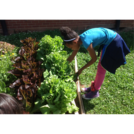
How can we use area and multiplication to measure the amount of space an area has?Students will explore the concepts of multiplication and area by measuring rectangular planting beds in the garden.
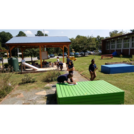
Students will observe and record real-time weather measurements. Students will summarize important information and use written communication skills to inform and report.
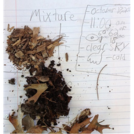
Students will recognize that mixtures are made when two or more materials from the garden are mixed together and the physical properties do not change.